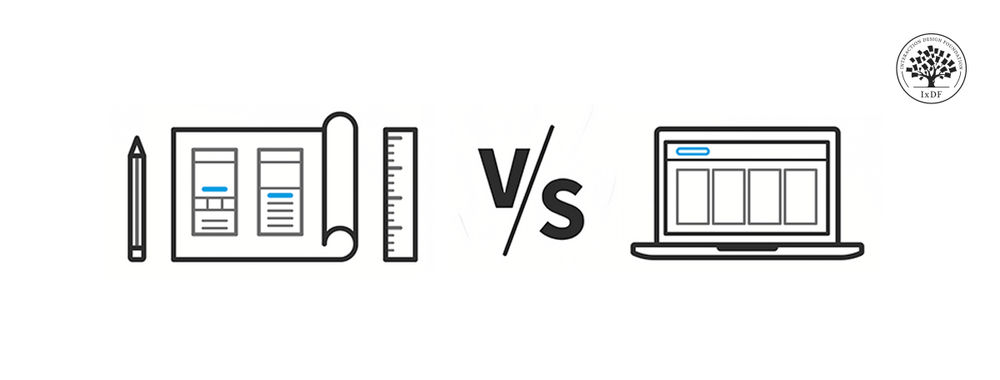Show
Hide
video transcript
- Transcript loading…
In this video, you’ll learn how you can use bottom-up generation of a new problem-specific understanding alongside a top-down application of your prior knowledge when you generate ideas and solve problems. And, yes, we will also see how an office cleaner and Alan were able to develop a just-in-time theory of toilet rolls and bicycle nuts to solve a paper-tangling problem!











